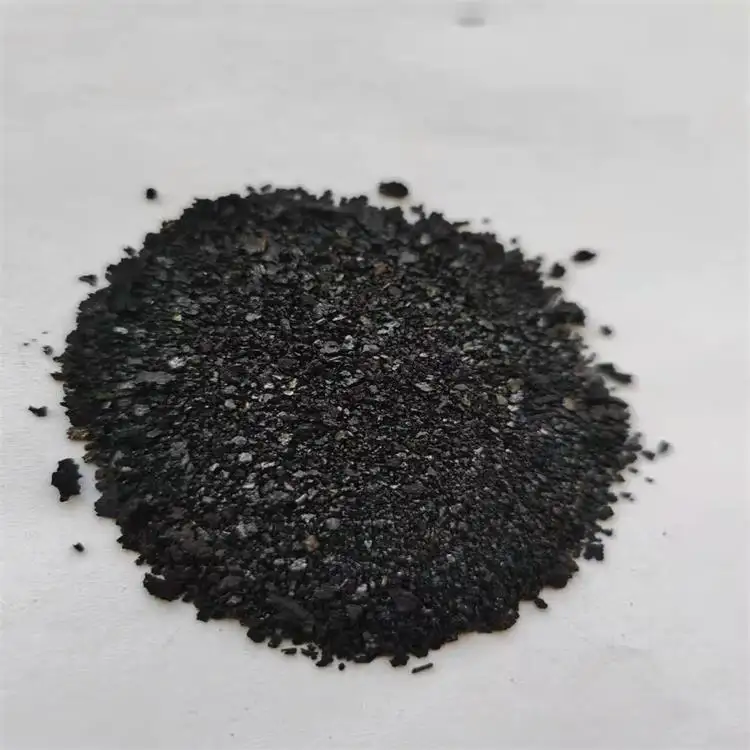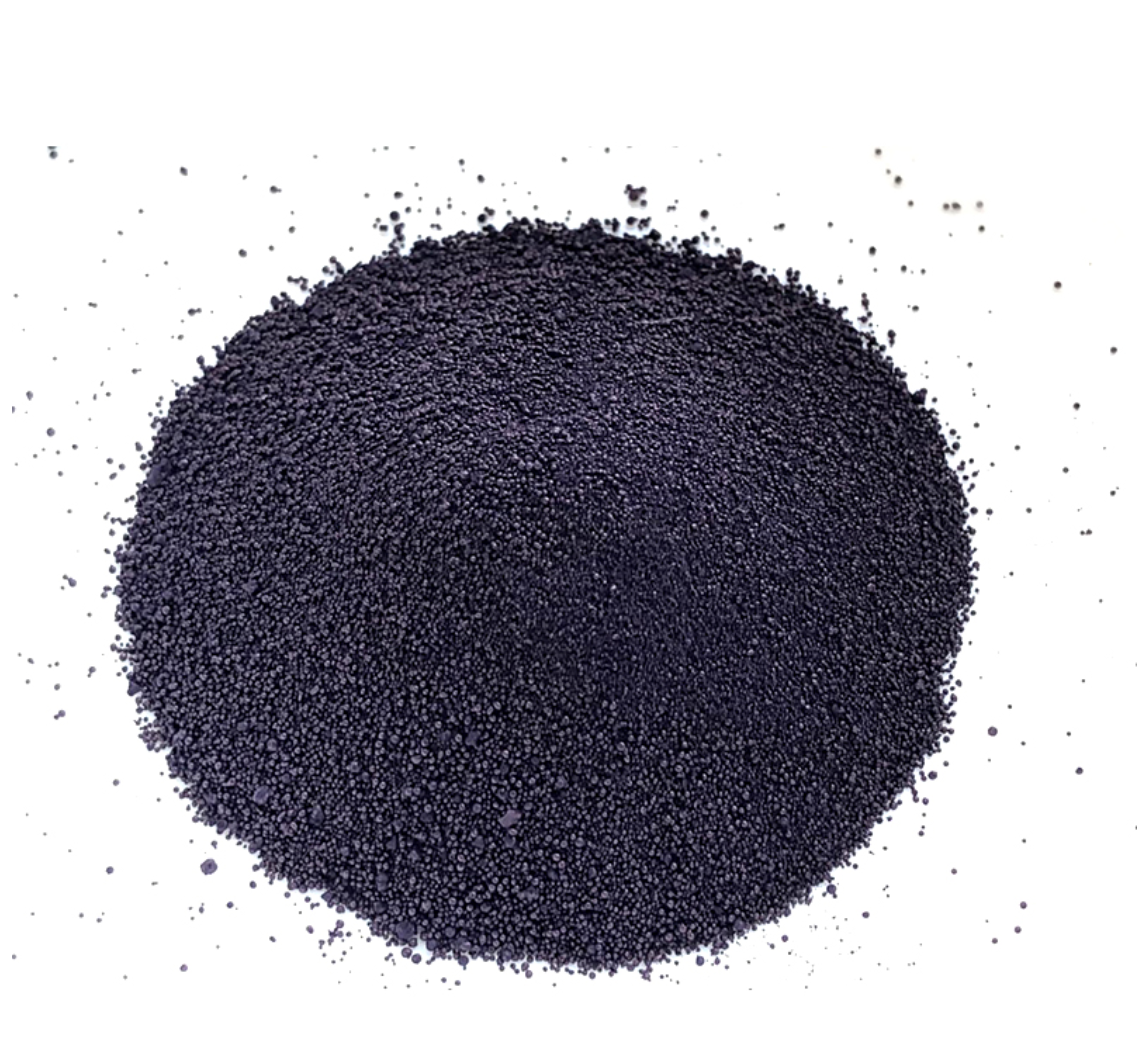Indigo Blue Vat Blue


Emphasizing the experience aspect, the tactile feel of fabrics dyed with China indigo is distinctively soft, with a natural sheen that synthetic dyes often fail to replicate. The user experience is further enhanced by the dye’s ability to soften over time, creating a unique patina on garments that tells a personal story with each wash and wear. This transformation not only boosts the textile's aesthetic appeal but also prolongs the life of the garment, aligning with consumer interests in sustainability and longevity. Companies investing in China indigo dye also showcase commitment to environmental stewardship. The eco-friendly nature of indigo dyeing reduces water pollution, as it does not rely on toxic chemicals prevalent in synthetic dye processes. This aligns businesses with the sustainability principles increasingly valued by consumers, providing a competitive edge in a market driven by ecological consciousness. A notable advantage of China indigo dye lies in its versatility. Whether used in high-end fashion or everyday wear, its application is limited only by the imagination. Designers appreciate its ability to offer a range of shades from deep navy to light sky blue, depending on the timing of the dye bath and the type of fabric used. This variability allows for creative freedom while guaranteeing each piece remains one-of-a-kind. From its deep historical roots to its eco-friendly profile, China indigo dye exemplifies the blend of traditional artistry and modern-day sustainability. As the world leans toward natural alternatives, this dye promises not only a vibrant palette for designers but also a conscious choice for buyers. Embracing the timeless allure of China indigo dye is not merely a nod to tradition but a step toward a more sustainable future in textiles.
-
The Timeless Art of Denim Indigo Dye
NewsJul.01,2025
-
The Rise of Sulfur Dyed Denim
NewsJul.01,2025
-
The Rich Revival of the Best Indigo Dye
NewsJul.01,2025
-
The Enduring Strength of Sulphur Black
NewsJul.01,2025
-
The Ancient Art of Chinese Indigo Dye
NewsJul.01,2025
-
Industry Power of Indigo
NewsJul.01,2025
-
Black Sulfur is Leading the Next Wave
NewsJul.01,2025

Sulphur Black
1.Name: sulphur black; Sulfur Black; Sulphur Black 1;
2.Structure formula:
3.Molecule formula: C6H4N2O5
4.CAS No.: 1326-82-5
5.HS code: 32041911
6.Product specification:Appearance:black phosphorus flakes; black liquid

Bromo Indigo; Vat Bromo-Indigo; C.I.Vat Blue 5
1.Name: Bromo indigo; Vat bromo-indigo; C.I.Vat blue 5;
2.Structure formula:
3.Molecule formula: C16H6Br4N2O2
4.CAS No.: 2475-31-2
5.HS code: 3204151000 6.Major usage and instruction: Be mainly used to dye cotton fabrics.

Indigo Blue Vat Blue
1.Name: indigo blue,vat blue 1,
2.Structure formula:
3.Molecule formula: C16H10N2O2
4.. CAS No.: 482-89-3
5.Molecule weight: 262.62
6.HS code: 3204151000
7.Major usage and instruction: Be mainly used to dye cotton fabrics.

